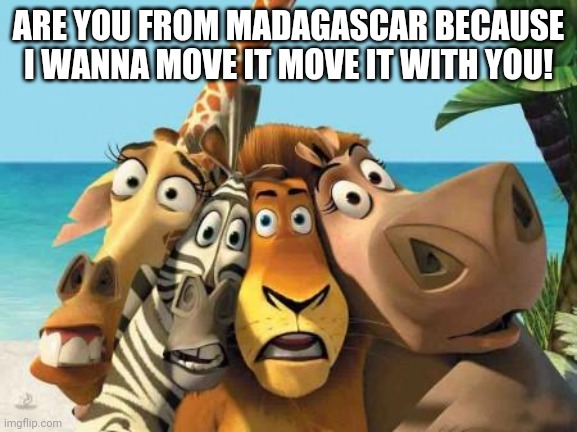

He was about to sit down when gospel singer Mahalia Jackson called out, “Tell them about your dream, Martin! Tell them about the dream!” Encouraged by shouts from the audience, King drew upon some of his past talks, and the result became the landmark statement of civil rights in America - a dream of all people, of all races and colors and backgrounds, sharing in an America marked by freedom and democracy.įor further reading: Herbert Garfinkel, When Negroes March: The March on Washington…(1969) Taylor Branch, Parting the Waters: America in the King Years, 1954-1963 (1988) Stephen B. had originally prepared a short and somewhat formal recitation of the sufferings of African Americans attempting to realize their freedom in a society chained by discrimination. Each of the speakers was allotted fifteen minutes, but the day belonged to the young and charismatic leader of the Southern Christian Leadership Conference.ĭr. On August 28, 1963, under a nearly cloudless sky, more than 250,000 people, a fifth of them white, gathered near the Lincoln Memorial in Washington to rally for “jobs and freedom.” The roster of speakers included speakers from nearly every segment of society - labor leaders like Walter Reuther, clergy, film stars such as Sidney Poitier and Marlon Brando and folksingers such as Joan Baez. The leaders even agreed to tone down the rhetoric of some of the more militant activists for the sake of unity, and they worked closely with the Kennedy administration, which hoped the march would, in fact, lead to passage of the civil rights bill. The National Association for the Advancement of Colored People, the Congress of Racial Equality, the Southern Christian Leadership Conference, the Student Non-violent Coordinating Committee and the Urban League all managed to bury their differences and work together. The various elements of the civil rights movement, many of which had been wary of one another, agreed to participate.

He welcomed the participation of white groups as well as black in order to demonstrate the multiracial backing for civil rights. Philip Randolph, a labor leader and longtime civil rights activist, called for a massive march on Washington to dramatize the issue. On June 11, 1963, he proposed such a bill to Congress, asking for legislation that would provide “the kind of equality of treatment which we would want for ourselves.” Southern representatives in Congress managed to block the bill in committee, and civil rights leaders sought some way to build political momentum behind the measure.Ī.

Kennedy recognized that only a strong civil rights bill would put teeth into the drive to secure equal protection of the laws for African Americans. And the dream that they heard on the steps of the Monument became the dream of a generation.Īs far as black Americans were concerned, the nation’s response to Brown was agonizingly slow, and neither state legislatures nor the Congress seemed willing to help their cause along. They came to Washington to demand equal rights for black people.

They came by plane, by car, by bus, by train, and by foot. More than 200,000 people-black and white-came to listen. On August 28, 1963, some 100 years after President Abraham Lincoln signed the Emancipation Proclamation freeing the slaves, a young man named Martin Luther King climbed the marble steps of the Lincoln Memorial in Washington, D.C.


 0 kommentar(er)
0 kommentar(er)
